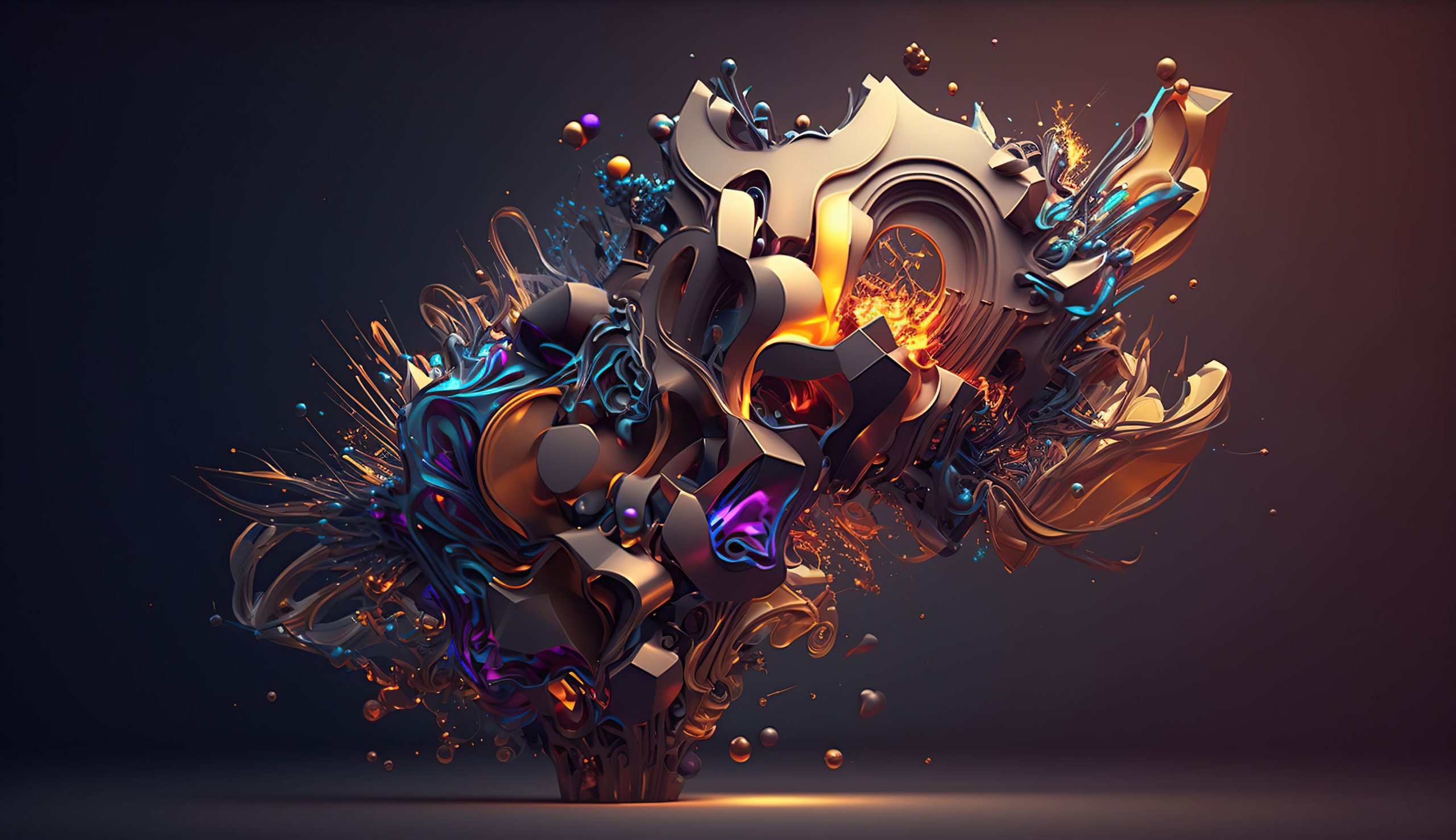- PRODUCTS
- SERVICES
- HARDWARE & IT
- LEARNING & DEVELOPMENT
- CADFEM INFORMS
CADFEM INFORMS OVERVIEW
- ABOUT US
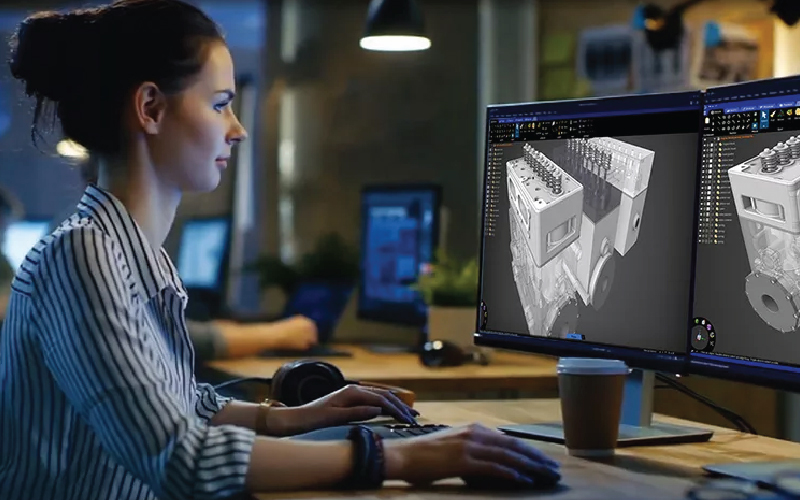
We provide extensive design services that foster innovation and excellence in engineering. Our team of adept professionals specializes in crafting customized solutions to address the specific requirements of your project.
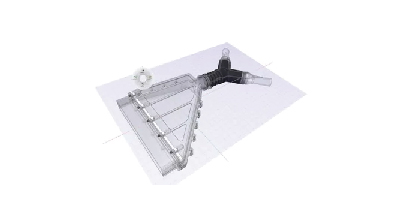
Early stage design concepts to explore wide range of possibilities without any technical constraints and optimize the arrangement/assembly components within a system/product.
Concept design is the creative phase in engineering projects where ideas are generated, nurtured, and evaluated without technical constraints. It’s where innovative solutions are envisioned and refined for specific challenges. This phase involves ideation, sketching, feasibility analysis, and iterative refinement to lay the foundation for the project. On the other hand, package studies focus on optimizing component arrangement and integration in systems or products to ensure efficient use of space, minimize wastage, and enhance performance, crucial in industries like automotive, aerospace, and consumer electronics. Key aspects include spatial layout, integration, ergonomics, and simulation.
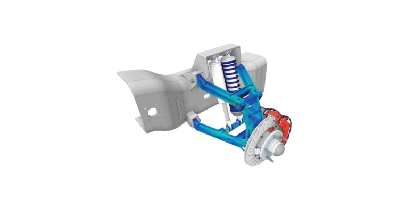
Develop and explore the process of 2D & 3D CAD designs.
Three-dimensional Computer-Aided Design (3D CAD) modeling is essential in modern engineering, enabling the creation of digital representations of physical objects for analysis, visualization, and manufacturing. The process involves several steps: conceptualization, sketching, extrusion and revolving, detailing and feature creation, parametric modeling, and validation and verification. In engineering, assemblies are collections of individual components combined to form a complete system or product. 3D CAD assemblies help engineers visualize how components fit together and interact. The process includes component modeling, assembly creation, motion simulation, interference detection, and Bill of Materials (BOM) generation.

Gain insights by de-constructing and examining the existing products.
Reverse engineering is the process of analyzing a product, component, or system to understand its structure, functionality, and design principles. Unlike traditional engineering, which involves creating something from scratch, reverse engineering deconstructs and examines existing objects to gain insights into how they were made and how they work. This process can be applied to a wide range of items, including mechanical parts, electronic devices, software systems, and even biological organisms. The reverse engineering process typically involves several steps: object acquisition, data capture, analysis, documentation, and modification or reproduction.
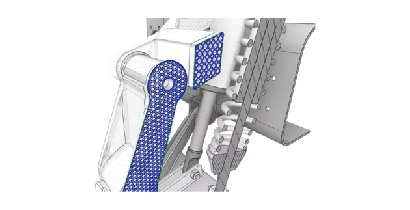
Communicate in symbolic language across cross functional teams and understand the variations using tolerance stack-up analysis.
Geometric Dimensioning and Tolerancing (GD&T) and stack-up analysis are vital in engineering for ensuring proper function and assembly of mechanical systems. GD&T, a symbolic language, communicates design specifications precisely, ensuring interchangeability and functionality. Stack-up analysis predicts cumulative dimensional variation, considering component tolerances and assembly processes. Both practices promote clear communication among designers, manufacturers, and quality control, ensuring parts meet specifications reliably.

Transform 2D drawing representations of objects into fully dimensional digital models.
Converting 2D drawings or sketches into 3D models is crucial in engineering and design for visualizing concepts, prototyping, and manufacturing. This process involves transforming flat representations into fully dimensional digital models. The steps include choosing modeling software, importing or tracing, using techniques like extrusion and lofting, detailing with filleting, applying parametric modeling, and then adding dimensions, annotations, GD&T, surface finishes, assembly considerations, and finally, reviewing and documenting the 3D model.

Evaluate and implement design modifications to align with product requirements.
Design modifications are changes made to an existing product, system, or structure to enhance its performance, functionality, efficiency, or aesthetics. These changes can be driven by factors like evolving requirements, technological advancements, customer feedback, or the need to address issues found during testing or use. A structured approach to handling design modifications involves identifying the need, defining objectives, evaluating alternatives, conceptualizing and designing the changes, conducting analysis and testing, implementing the modifications, validating and verifying them, and finally, documenting and communicating the changes.
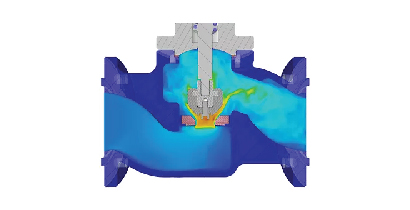
Prototype drawings guide for fabrication of physical prototype of design concept.
Creating prototype drawings is a pivotal step in product development, guiding the fabrication of physical prototypes. A structured approach involves defining scope and objectives, gathering design information, determining prototype components, creating assembly and part drawings, adding annotations, reviewing and revising, finalizing documentation, and distributing it for communication.





